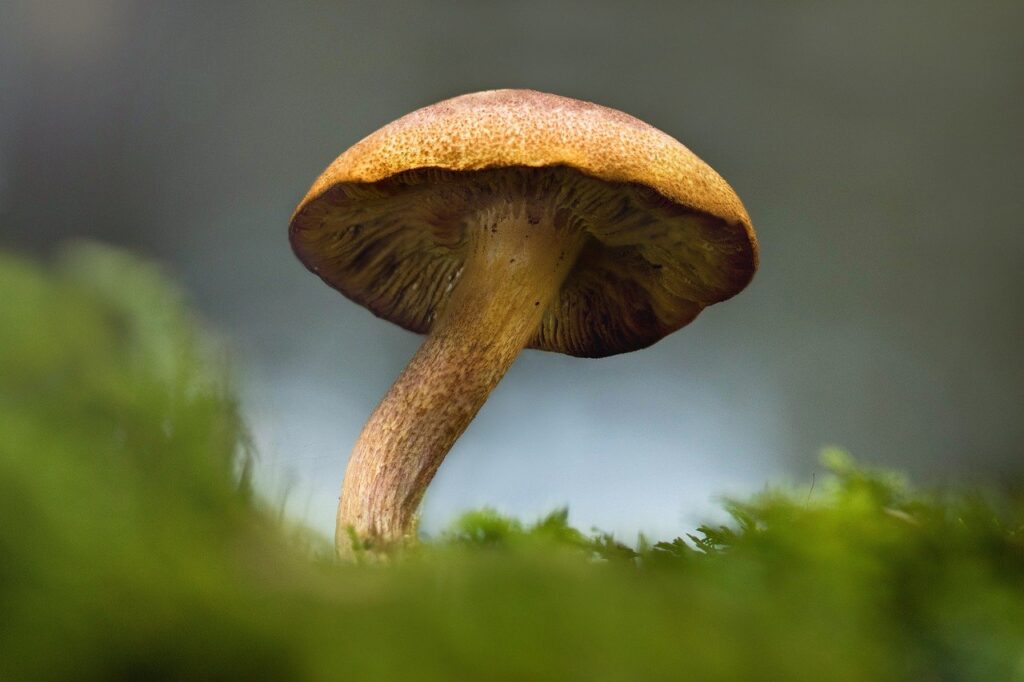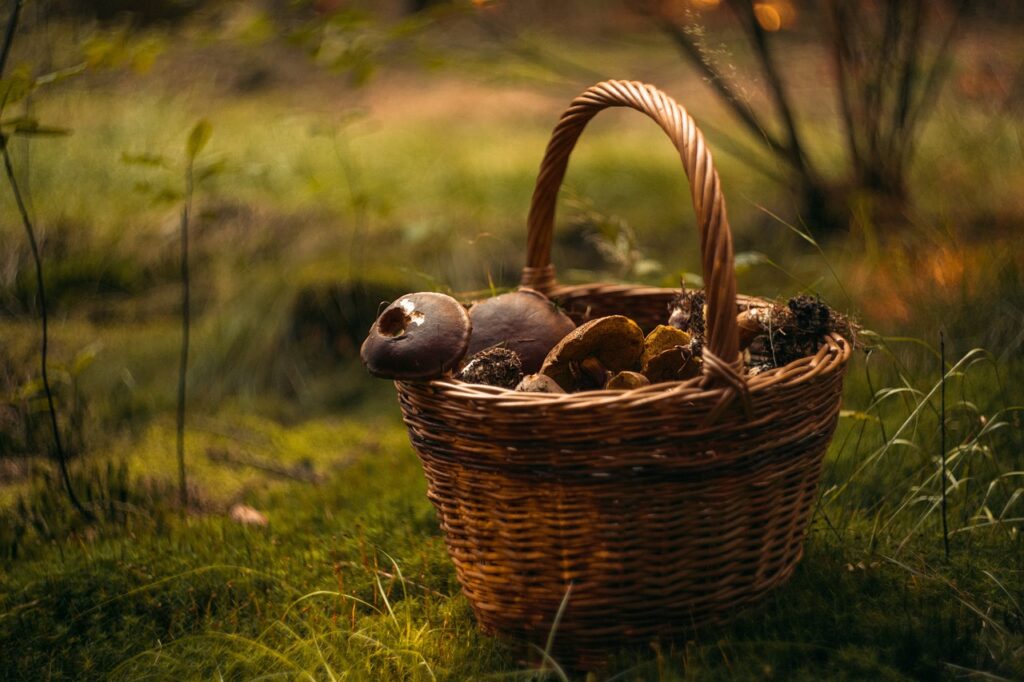Proper storage of mushroom spores is paramount for maintaining their viability and ensuring successful cultivation endeavors. Whether you’re preserving spores for future use or maintaining a diverse collection for research or educational purposes, following these tips can help prolong their lifespan and optimize their potential for germination and growth.
Introduction to Storing Mushroom Spores:
Mushroom spores, especially those of the psilocybin variety, are delicate structures that require careful handling and storage to remain viable over time. Factors such as temperature, humidity, light exposure, and contamination risk can all impact spore viability, making proper storage techniques essential for long-term preservation.
Tips for Storing Mushroom Spores:
1. Maintain Cool, Stable Temperatures: Spores should be stored in a cool, stable environment to slow down metabolic activity and preserve viability. A temperature range of 39-46°F is ideal for most mushroom spores. Avoid temperature fluctuations and extremes, as they can degrade spore viability over time.
Control Humidity Levels: Spores should be stored in a dry environment to prevent moisture-related damage and contamination. Use desiccants or silica gel packs in storage containers to absorb excess humidity and maintain optimal moisture levels. Ensure that storage containers are airtight to minimize moisture ingress.
2. Choose Suitable Storage Containers: Spores should be stored in durable, airtight containers to protect them from external contaminants and environmental fluctuations. Glass vials, vacuum-sealed bags, and moisture-proof containers are suitable options for long-term storage. Label containers clearly with relevant information such as species name, collection date, and storage conditions.
3. Avoid Exposure to Light: Spores should be stored in opaque containers or kept in dark, light-proof environments to prevent light-induced degradation. Exposure to UV radiation and sunlight can damage spores and reduce viability over time. Store spores in a dark, cool location away from direct sunlight and fluorescent lighting.
4. Regularly Inspect and Rotate Spore Collections: Periodically inspect stored spore collections for signs of contamination, degradation, or loss of viability. Remove any compromised specimens and replace them with fresh spores if necessary. Rotate spore collections to ensure uniform exposure to storage conditions and prevent stagnation or deterioration.
5. Maintain Proper Handling Procedures: Handle spores with care to minimize physical damage and contamination. Use clean, sterilized tools and equipment when handling spores, and avoid direct contact with bare hands. Practice good hygiene and sanitation to reduce the risk of introducing contaminants into storage containers.
6. Monitor Storage Conditions Regularly: Monitor temperature, humidity, and light exposure regularly to ensure that storage conditions remain optimal. Use temperature and humidity sensors or monitoring devices to track environmental parameters and make adjustments as needed. Keep detailed records of storage conditions and observations for future reference.
By following these tips for storing mushroom spores, growers can prolong their viability and maintain the integrity of their collections over time. Proper storage techniques are essential for preserving spore specimens for research, cultivation, and educational purposes. With careful attention to detail and adherence to best practices, growers can maximize the potential of their spore collections and achieve successful outcomes in their mushroom cultivation endeavors.

